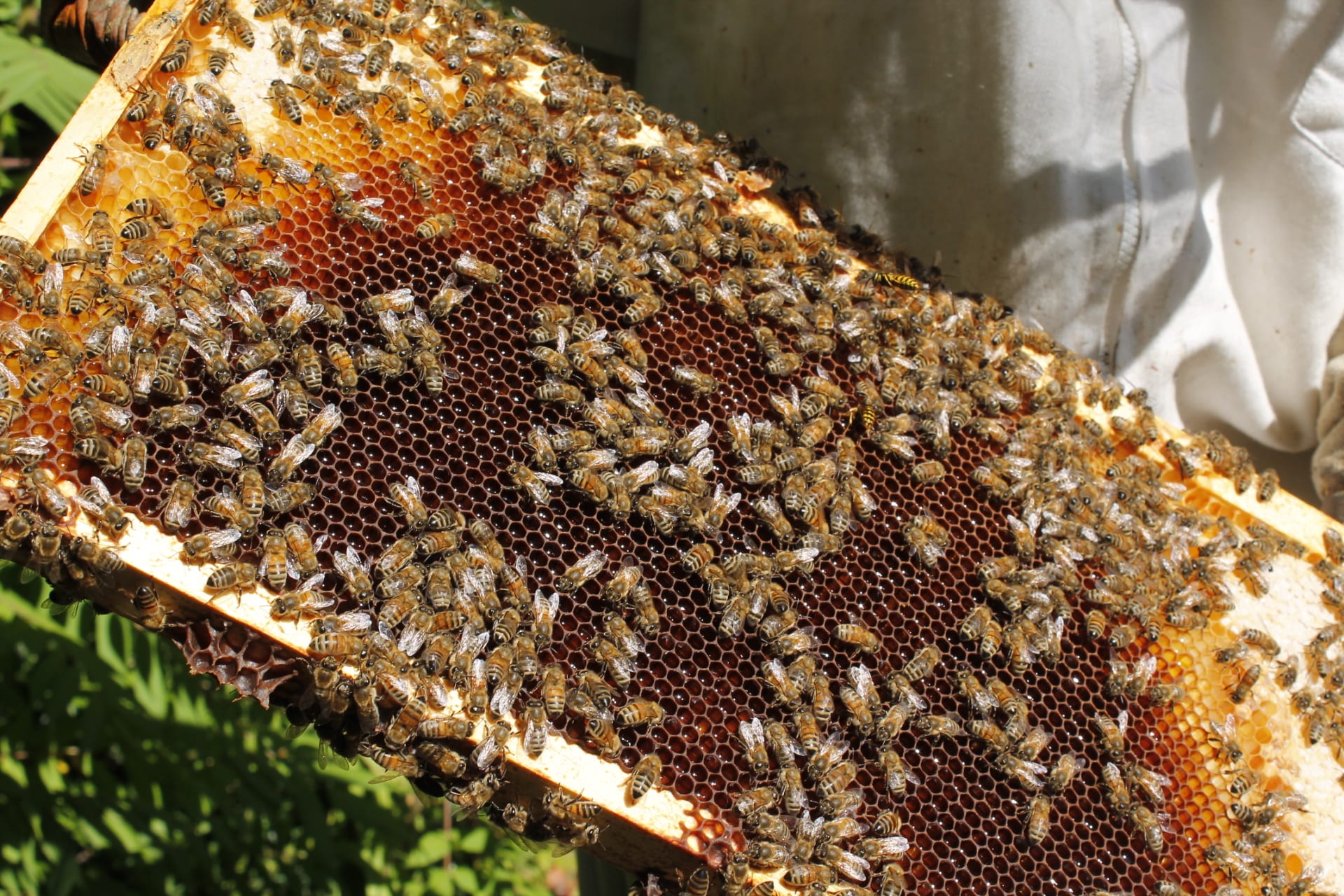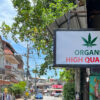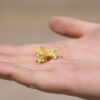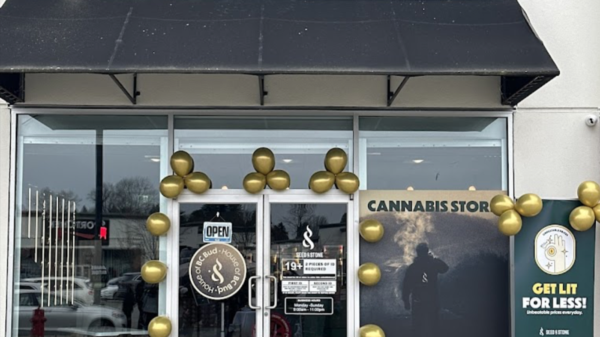There’s a study making headlines in the cannabis world right now about how hemp crops attract bees.
This is great news, the study says, because, as hemp cultivation surges across the U.S. since the passing of the 2018 Farm Bill, bees will have a new food source and will benefit from this agricultural crop.
Hemp flowers late in the summer, which means it provides a food source for the bees when few other plants are blooming, according to the study.
“As cultivation of hemp increases, growers, land managers, and policy makers should consider its value in supporting bee communities and take its attractiveness to bees into account when developing pest management strategies,” the authors wrote.
This study has made international headlines with one little problem: hemp doesn’t really benefit bees, according to British Columbia’s chief beekeeper Paul van Westendorp.
He’s worked as the provincial apiculturist for 30 years and is a champion for the health of local and imported bees.
Read more: Canadian doctor says Tide Pods more dangerous than cannabis edibles
Read more: RoadSafety BC flags chronic patient for cannabis use only after legalization
Not enough nutrition in cannabis pollen for bees
Bees, as pollinating insects, fly from flower to flower eating and drinking highly nutritional nectar and pollen. This insect-plant relationship gives us avocados, peaches, almonds, cocoa for chocolate and more.
But not all plants rely on bees to procreate.
Wind pollinating plants, such as hemp and cannabis, never evolved to attract bees, van Westendorp said, adding pollination is a numbers game.
“As a general rule wind pollinated plants provide pollen that has relatively low nutritional value,” van Westendorp said. “If you are a plant and you put your resources into pollen production — and wind is a very imprecise form of distributing this — much of that pollen is lost. It ends up on the surface of a lake, or on the wrong plant, or on a rooftop of a car.”
That means bees can collect and eat pollen from cannabis crops, but they won’t get a lot of energy from it.

East Van Bees founder, Stephen Sandve, inspects a healthy hive on the Arbutus corridor fall 2018. Photo by Michelle Gamage.
Honey bees are smart about what food they collect, van Westendorp said. If honey bees find two food sources, and one has higher nutritional value, the bees will always harvest from that plant first, even if the lower nutritional food source is closer to the hive.
“They make qualitative judgements at all times as to the food’s value,” he said.
In the study, out of the 355 bees researchers caught buzzing around hemp fields, 60 per cent were European honey bees.
Those clever honey bees therefore knew there was no better food source for six kilometres around than the low-nutritional-value hemp pollen.
Just under 30 per cent of those bees were common eastern bumblebees, which are less clever foragers, van Westendorp noted.
Bumblebees live in smaller hives than honey bees (100 bees to 35,000 bees, respectively) and do not coordinate their foraging but rather explore solo up to one kilometre away from their hive.
Bees face four major threats
The global bee population is facing four major threats, van Westendorp said. Pesticides, natural habitat eradication, massive landscape alteration and soil erosion are killing bees off at unprecedented levels.
Monoculture farming practices contribute to those threats.
Take blueberry farmers in Delta, B.C., who use bumblebees to pollinate their crops, van Westendorp said.
Bumblebees would go through a feast in early spring when all of the berry bushes were blooming, but would quickly face famine when the bushes finished. Blueberries bloom in very early spring, way before any other plants are producing flowers.

Healthy honey bee hives can be up to 35,000 bees strong, said apiculturist Paul van Westendorp. Photo by Michelle Gamage.
The easy solution for the blueberry farmers — or any monoculture farmer — is to practice intercropping. It’s a farming practice that grows two or three crops in close proximity and is a big boon to bees and soil biodiversity, van Westendorp said. It also helps limit the spread of insect pests, he added.
“All that you have to do is plant a row, or set aside a space for some bee foraging plants that can sustain these nests in the neighbourhood over the summer season,” van Westendorp said. “And these are typically plants that will not compete with blueberries. As soon as they’re finished you have a variety of floral sources. Not just one, but a variety for bees to visit and get their nutrition.”
The problem is farmers want to make as much money as they can with the crops they grow and are often adverse to setting aside land to grow flowers, he added.
The study is not wrong; bees can eat cannabis pollen. But headlines like “Study finds marijuana crops benefit bees,” and “Bees like big hemp and they cannot lie, study shows” are misleading.
If growers, land managers, and policy makers want to support the bees they should consider planting pollinator-friendly flowers along the edge of cannabis crops, not just more weed, van Westendorp said.
Top photo: Vancouver entrepreneur Stephen Sandve holds out a tray heavy with the good stuff. His one-man company, East Van Bees, produces urban honey. Photo by Michelle Gamage.
Correction: An earlier version of this story incorrectly stated bees pollinate grapes.
michelle@mugglehead.com
@missmishelle















Janet Wilson
September 8, 2020 at 7:26 am
It is true that we need to plant for pollinators: one of their single biggest challenges is the loss of forage to urban development and the eradication of hedgerows from farm fields. Unfortunately, if the farmer does plant for pollinators and then applies the usual suite of crop sprays to his main crops, particularly when they are applied as tank mixes (where there can be combinations of fungicide/fertilizer/herbicide/insecticide), then the pollinator strips/hedgerows/intercrops are turned into toxic banquets…arguably worse than no pollinator forage at all.
Pollinator strip/rows would be a boon to pollinators, but only in the context of organic agriculture.